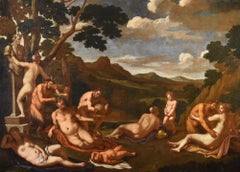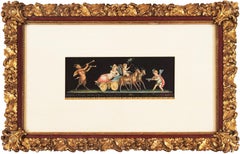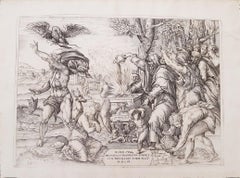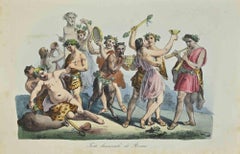Artículos similares a Bacchanal
¿Quieres más imágenes o vídeos?
Solicita imágenes o vídeos adicionales al vendedor
1 de 10
Giovanni Andrea PodestàBacchanal1649
1649
2118,54 €
Acerca del artículo
Bacchanal
Etching, 1649
Inscribed in the square left: "Magnificentis/simo Principi/Paolo lorda/no. II Bracci/ani Duci/Aud. P.DDD/1640; Inscribed on right: Rome apud Franciscsum Saluucium
Condition: Usual centerfolds from paper manufacture
Plate: 10 3/8 x 15 1/2"
Sheet: 11 1/2 x 16 1/2";
References:
Bartsch XX.4
Sopher Plate 145
An impression of this image is in the collections of the Philadelphia Museum of Art and the National Gallery of Art, Washington
An exceptionally rich impression in excellent condition.
From Wikipedia, the free encyclopedia
Putti as Allegory of Music
Giovanni Andrea Podestà or Giovanni Andrea Podesta (1608 - c. 1674) was an Italian painter and engraver who was principally active in Rome. His principal subject matter is children playing in landscapes with classical objects. His works show the influence of Poussin's Arcadian landscapes and bacchanals, which were ultimately derived from Titian's bacchanals.
Life
Giovanni Andrea Podestà was born in Genoa. He was formed in Genoa with Giovanni Andrea de Ferrari and Domenico Fiasella according to the information provided by the contemporary Genoese biographer Raffaele Soprani. He is also recorded as an apprentice of Giovanni Battista Paggi in 1627.
His presence is documented from in 1634 in Rome where he made drawings after the statues and ancient reliefs at the famous Giustiniani collection. These were subsequently engraved for publication in the 'Galleria Giustiniani'. The artist's career ran a course similar to that of the young Domenico Fiasella. In Rome his art evolved in contact with the works of Poussin, Andrea di Leone, Pietro Testa and the Flemish artists François Duquesnoy and Karel Philips Spierincks.
In 1650 Podesta became a member of the Accademia di San Luca in Rome. He died in Genoa.
Work
A majority of Podestà's paintings depict children playing amid classical objects in landscapes. Few of his paintings have survived and his work is now mainly known from the etchings he made himself after his compositions. In particular a series of prints published in Rome which date from 1636 to 1661 form an important source of information on his work.
Putti in a Landscape
Podestà made prints after the bacchanals of Titian, which he dedicated to powerful patrons. He dedicated a series of prints to the pleasures of wine to Paolo Giordano Orsini II, Prince of Bracciano. Orsini also owned multiple paintings by Podestà, including two landscapes and seven small paintings of seafood. A Worship of Venus etched after Titian was dedicated to Cassiano dal Pozzo and other prints of bacchanals to Fabio della Cornia. The artist clearly tried tocurry favour with the Barberini family through these dedications.[3] Cassiano dal Pozzo was known for his archaeological interests. Podestà's acquaintance with Cassiano dal Pozzo may have played a role in Podestà’s artistic development and may have put him in the circle of Poussin. This circle included Flemish artists such as the sculptor François Duquesnoy and the painter Karel Philips Spierincks who at one time or the other shared a home in Rome and also had common artistic interests. In this circle there was an interest in Classicism as well as a growing interest and admiration for the bacchanals of Titian. This found expression in copies and reproductions after Titian as well as new compositions inspired by the theme of the bacchanals. The mutual influence of the artists in this circle is clear from the fact that Podestà 's Bacchus and Ariadne (At Arte Antico) cites in the putto who scares another putto with a mask similar figures in a Drunken Silenus of the Flemish painter Karel Philips Spierincks.
The quality of his work and its closeness to the Poussin circle was such that it is often difficult to distinguish his work from compositions by Poussin and Spierincks. His work has considerable charm, a feature sometimes lacking in the work of his more illustrious contemporaries. One scholar noted that 'Although Podestà was neither a great designer nor a great draughtsman, his amusing conceits display the lighter side of the often sober classical devotees in Rome in the 1630s and 1640s.' Although a rather marginal artist, his works depicting putti at play definitely had an influence on late Genoese Baroque painting, such as on the decorative artists of the 'Casa Piola'.
The few drawings by Podesta that have been preserved show features familiar from his etchings: contorted facial expressions, small twisting figures, patches of dark cross-hatching and an interest in still-life. In their precision they are similar to and possibly derived from Sinibaldo Scorza, whose prints may have been an inspiration for Podestà's own etchings.
- Creador:Giovanni Andrea Podestà (1615 - 1674, Italiano)
- Año de creación:1649
- Dimensiones:Altura: 29,21 cm (11,5 in)Anchura: 41,91 cm (16,5 in)
- Medio:
- Movimiento y estilo:
- Época:
- Estado:
- Ubicación de la galería:Fairlawn, OH
- Número de referencia:Vendedor: FA95541stDibs: LU14014429832
Sobre el vendedor
5,0
Vendedor reconocido
Estos prestigiosos vendedores son líderes del sector y representan el escalón más alto en cuanto a calidad y diseño de artículos.
Vendedor Oro
Vendedores premium que mantienen una calificación de +4,3 y tiempos de respuesta de 24 horas
Establecido en 1978
Vendedor de 1stDibs desde 2013
802 ventas en 1stDibs
Tiempo de respuesta usual: <1 hora
Asociaciones
International Fine Print Dealers Association
- EnvíoRecuperando presupuesto…Envío desde: Fairlawn, OH
- Política de devolución
Partes de esta página se han traducido automáticamente. 1stDibs no puede garantizar la exactitud de las traducciones. El inglés es el idioma predeterminado de este sitio web.
Garantía de autenticidad
En el improbable caso de que haya algún problema con la autenticidad de un artículo, ponte en contacto con nosotros en un plazo de 1 año para recibir un reembolso total. DetallesGarantía de devolución de dinero
Si tu artículo no es como se describe, sufre daños durante el transporte o no llega, ponte en contacto con nosotros en un plazo de 7 días para recibir un reembolso total. DetallesCancelación dentro de las 24 horas
Tienes un período de gracia de 24 horas para reconsiderar tu compra, sin preguntas.Vendedores profesionales aprobados
Nuestros vendedores de primera clase deben cumplir estrictos estándares de servicio para mantener la integridad de nuestros anuncios.Garantía de igualación de precios
Si encuentras que un vendedor publicó el mismo artículo por un precio menor en otro lado, igualaremos ese precio.Entrega global de confianza
Nuestra red de transporte de primera ofrece opciones de envío especializado en todo el mundo, que incluye envío personalizado.Más de este vendedor
Ver todoEl niño Júpiter amamantado por la cabra Amaltea (El nacimiento de Júpiter)
Por Luigi Quaini
El niño Júpiter amamantado por la cabra Amaltea
(El nacimiento de Júpiter)
Tiza roja y aguada sobre papel blanquecino, c. 1700
Sin signo
Atribuido a Quaini por Dwight Miller, el bec...
Categoría
siglo XVIII y antes, Barroco, Dibujos y acuarelas figurativos
Materiales
Tiza
Escena II, Le Nozze Degli Dei
Por Stefano Della Bella
Escena II, Le Nozze Degli Dei
Aguafuerte, 1637
Firmado en la plancha abajo a la izquierda
La escena representa el momento inicial en que Diana se revela, rodeada de sus ninfas, celeb...
Categoría
Década de 1630, Antiguos maestros, Impresiones de paisajes
Materiales
Grabado químico
Ostiakes
Por Cornelis de Bruijn
Ostiakes
Grabado, 1718
De: Voyages de Corneille le Brun par la Moscovie, en Perse, et aux Indes Occidentales (traducción francesa, 1718), Capítulo XXI
Los ostyak pertenecen a cualqui...
Categoría
Década de 1710, Antiguos maestros, Impresiones de paisajes
Materiales
Grabado
El Jardín del Amor (según Peter Paul Rubens [1577-1640])
Por Christoffel Jegher
El Jardín del Amor (según Peter Paul Rubens [1577-1640])
Díptico xilográfico, c. 1633-1636
Cada una de las dos hojas está firmada en la plancha, abajo a la derecha
Una impresión póst...
Categoría
siglo XVII, Antiguos maestros, Impresiones figurativas
Materiales
Grabado en madera
Eurito Echione e Etalide Argonote
Eurito Echione e Etalide Argonote
Aguafuerte, 1664
después de Remigio Cantagallina
De: La manifique carousel fait sur le fleuve de l "Arne a Florence, pour le Mariage du Grand Duc, (...
Categoría
Década de 1660, Antiguos maestros, Impresiones de animales
Materiales
Grabado químico
Medea y Jasón
Por Georg Pencz
Medea y Jasón
De la serie: Heroínas griegas
Grabado, c. 1539
Iniciales en la placa inferior derecha
Procedencia: Colección Grimes
R. E. Lewis
Referencias y expo...
Categoría
siglo XVI, Antiguos maestros, Impresiones y múltiplos
Materiales
Grabado
También te puede gustar
Bacanal Mitológica Carpioni Pintura Óleo sobre lienzo Siglo XVII Arte antiguo maestro
Giulio Carpioni (Venecia, 1613 - Vicenza, 1678), Atribuible a
Bacanal
Óleo sobre lienzo 98 x 132 cm. - En marco 120 x 154 cm.
Este cuadro de gran calidad y magníficamente con...
Categoría
siglo XVII, Antiguos maestros, Pinturas
Materiales
Óleo
13.312 € Precio de venta
Descuento del 20 %
"Bacanal", Pompeya de mediados de siglo, Mitología romana, Baco, Neoclásico
Por Giovanni Gallo
Firmado abajo a la derecha, "Gallo Giovanni" por Giovanni Gallo (italiano, siglo XX) y fechado en 1954.
Titulado abajo a la izquierda: "Eseguito a Pompei, 'Trionfo di Bacco'" (Hecho...
Categoría
Década de 1950, Dibujos y acuarelas de desnudos
Materiales
Gouache, Papel
El sacrificio de Ifigenia
Por Nicolas Beatrizet
Aguafuerte y punta seca en blanco y negro sobre papel de alambrón, representando el mito del sacrificio de Ifigenia. En el altar está inscrito "Ifigenia" en mayúsculas. En el margen ...
Categoría
siglo XVI, Antiguos maestros, Impresiones figurativas
Materiales
Punta seca, Grabado químico
Usos y Costumbres - Fiesta Bacanal - Litografía - 1862
Usos y Costumbres - Festín de Bacanales es una litografía sobre papel realizada en 1862.
La obra pertenece a la Suite Usos y costumbres de todos los pueblos del universo: "Historia ...
Categoría
Década de 1860, Moderno, Impresiones figurativas
Materiales
Litografía
Bacanal - Aguafuerte de P. Fontana según A. Tofanelli - 1821
Por Pietro Fontana
"Baccanale con Bacco, Sileno, Fauni, e Menadi" es un hermoso buril y aguafuerte en blanco y negro sobre papel, realizado por el artista italiano Pietro Fontana (Bassano Romano,1762 ...
Categoría
Década de 1820, Moderno, Impresiones figurativas
Materiales
Grabado químico
Siglo XVIII Por el maestro francés Bacanal Óleo sobre lienzo
Maestro francés del siglo XVIII
Título: Bacanal
Técnica: Óleo sobre lienzo
Dimensiones: sin marco 24 x 30 cm - con marco 33,5 x 39 cm
Marco de madera con forma antigua lacado en colo...
Categoría
siglo XVIII, Antiguos maestros, Pinturas figurativas
Materiales
Óleo, Lienzo
18th-century French maestroSiglo XVIII Por el maestro francés Bacanal Óleo sobre lienzo, siglo XVIII
10.886 € Precio de venta
Descuento del 20 %
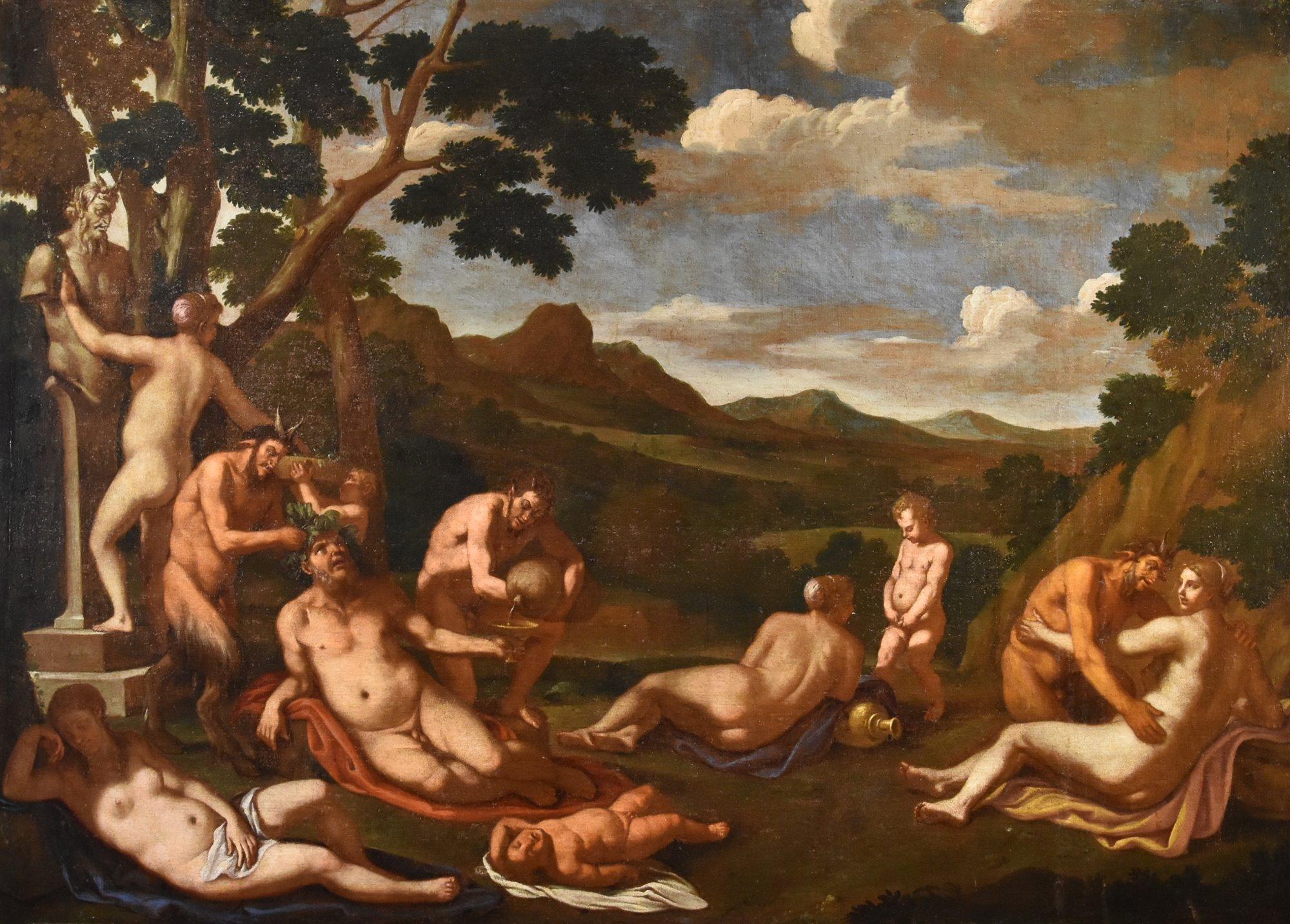

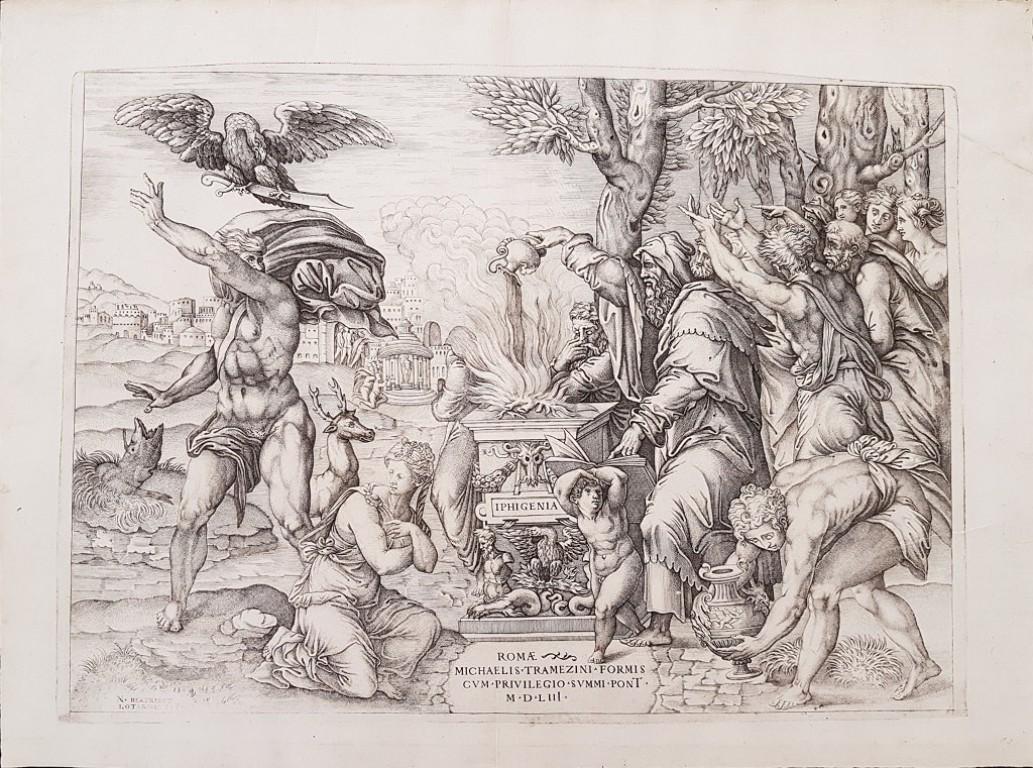
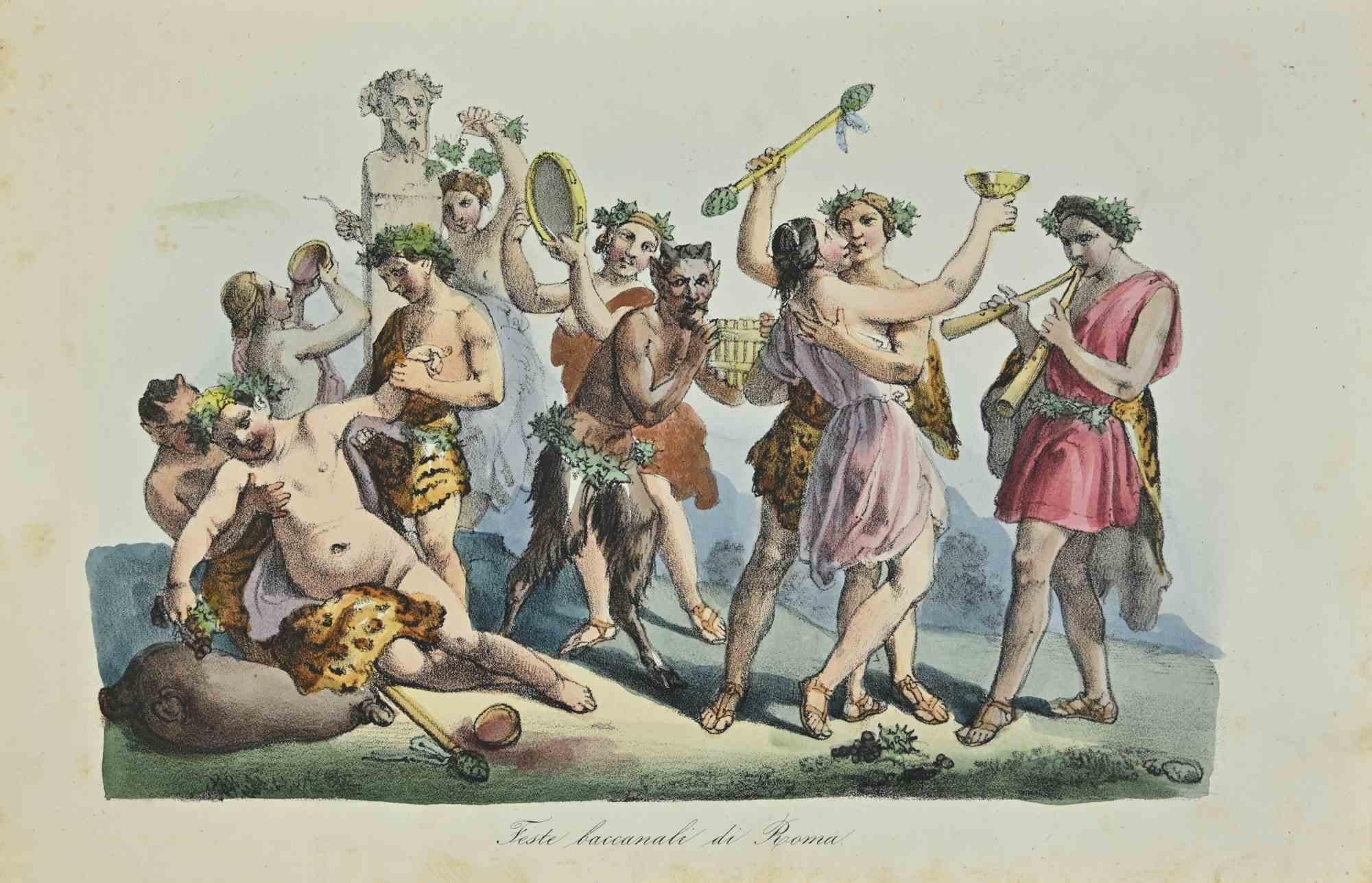
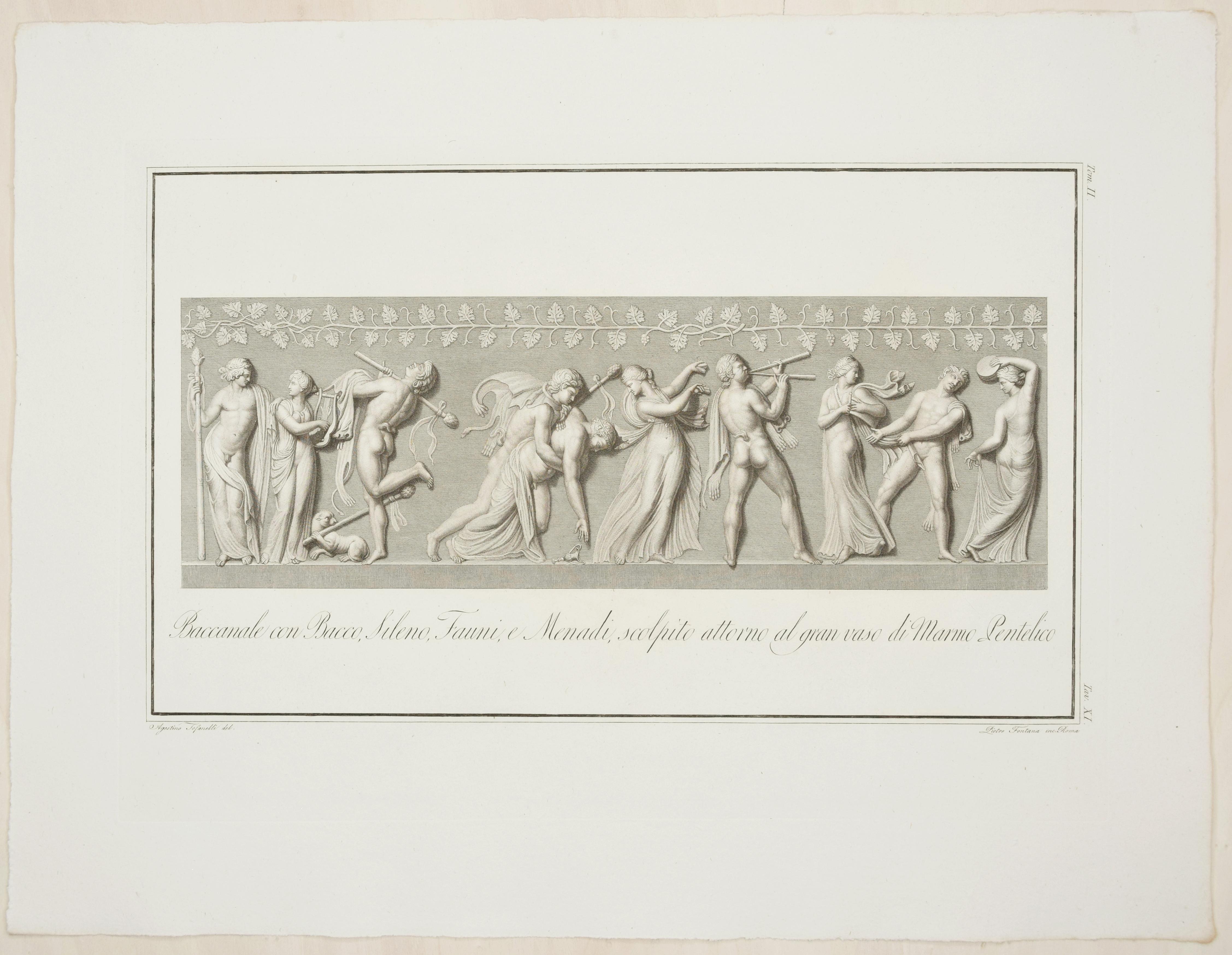
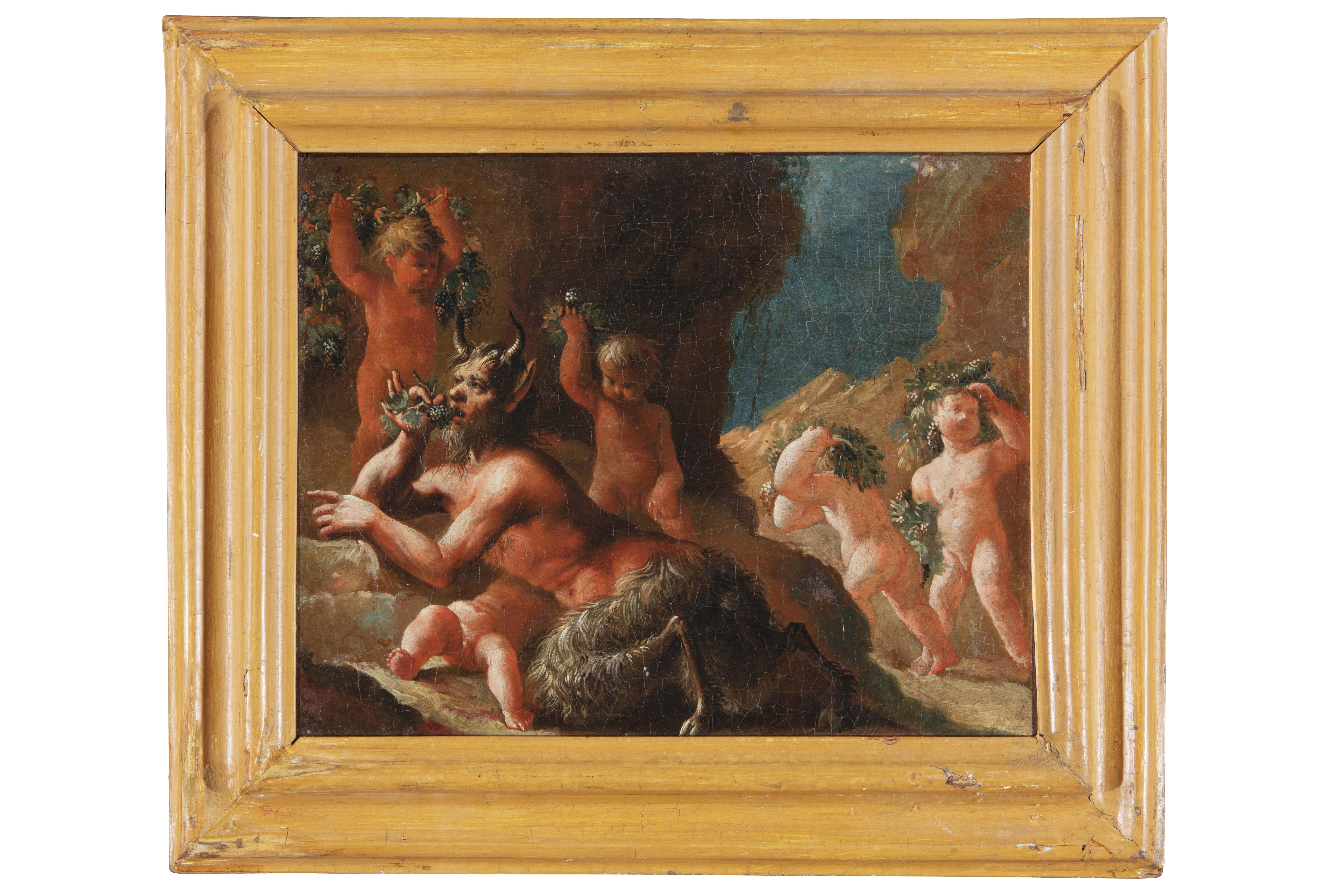
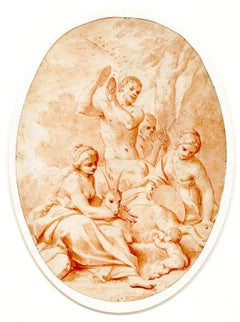
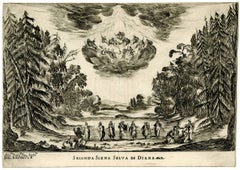
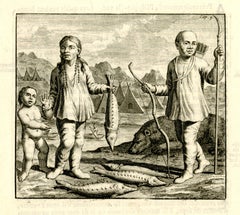
![El Jardín del Amor (según Peter Paul Rubens [1577-1640])](https://a.1stdibscdn.com/christoffel-jegher-1596-1652-3-netherlands-prints-works-on-paper-the-garden-of-love-after-peter-paul-rubens-1577-1640-for-sale/a_140/a_147163221719706543029/FA1849_montage_master.jpg?width=240)
